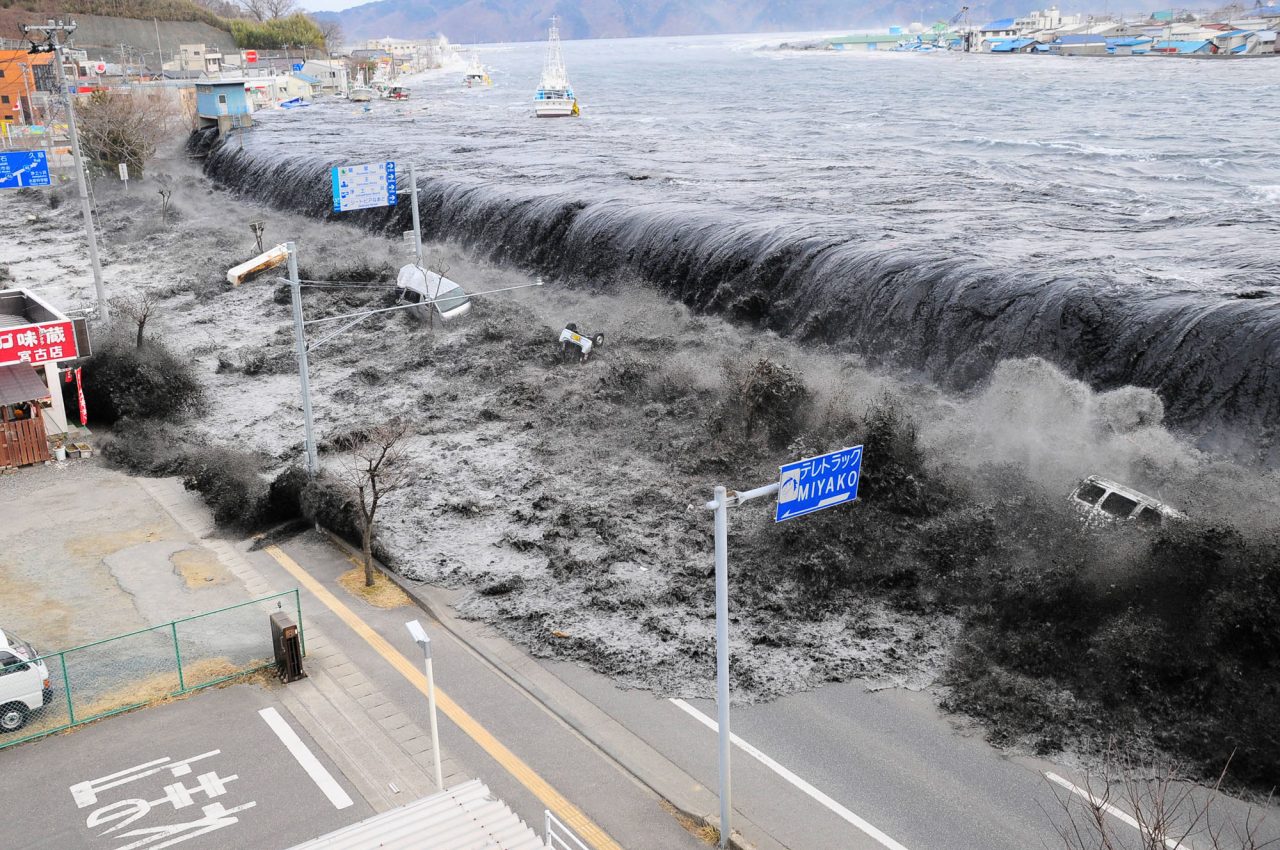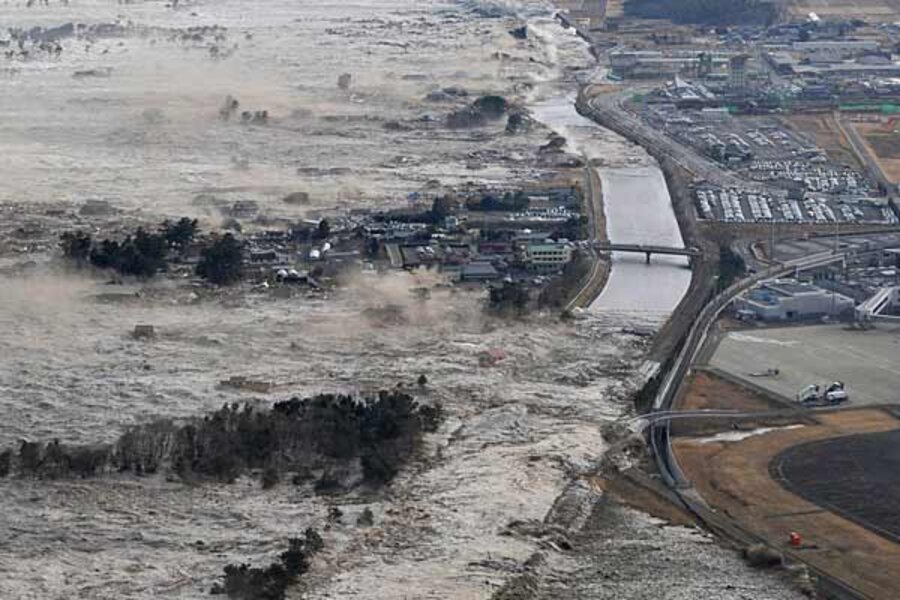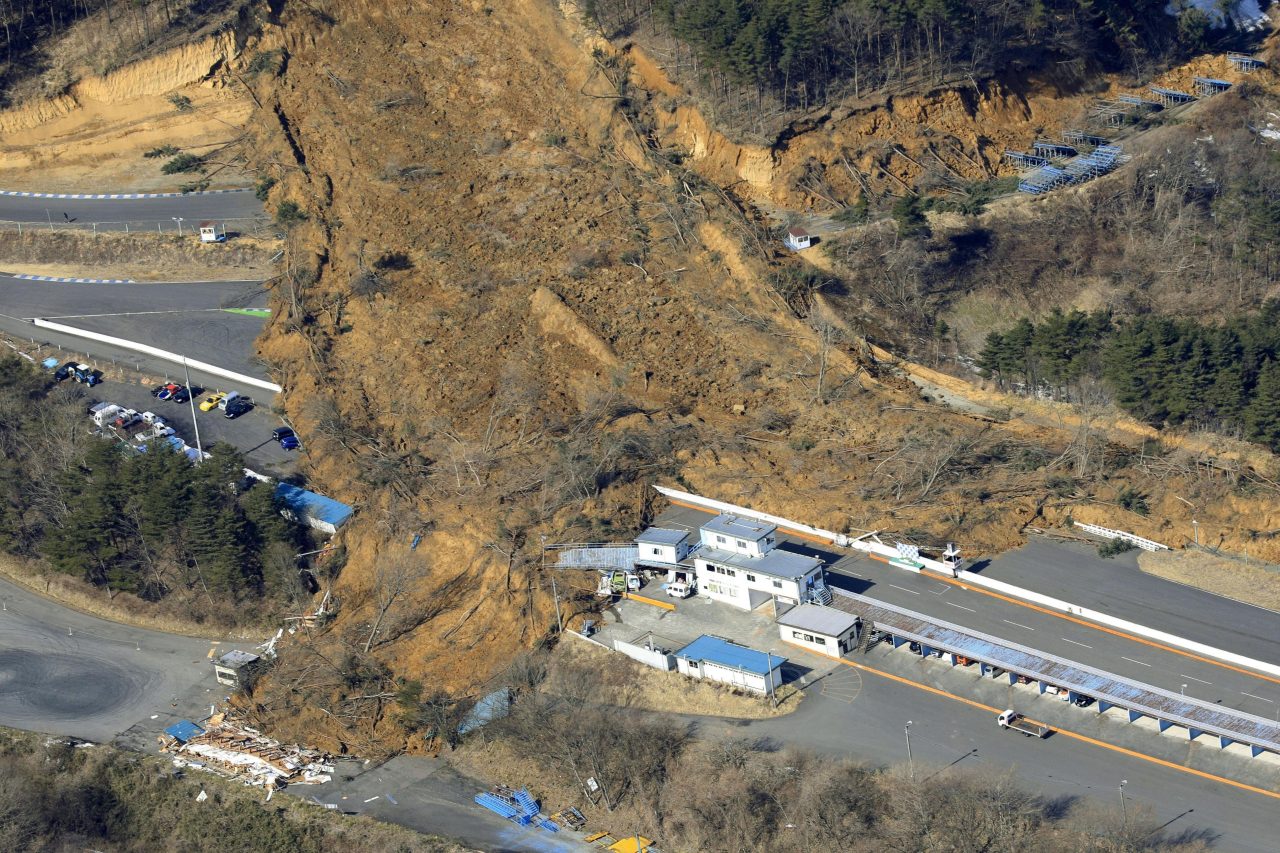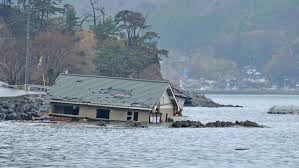On 11 March 2011, a 9.0 magnitude earthquake off the north-eastern coast of Japan – the strongest ever recorded in the country – triggered a tsunami up to 30 metres high that washed up to 5 kilometres inland. It resulted in massive loss of life, environmental devastation and infrastructural damage. The disaster also damaged several nuclear power plants, leading to serious risks of contamination from radioactive releases.

UNEP Update, 11 April 2011
While events are still unfolding, the scale of the disaster is all too apparent: more than 13,000 people are confirmed dead and 14,600 are still missing, making this the worst disaster to hit Japan since the 1923 earthquake. With a preliminary estimated cost of USD 309 billion, it is also the most costly disaster worldwide.

Post-disaster waste management
Along with the unresolved situation at the Fukushima Daiichi power plant and pressing humanitarian issues linked to the large number of displaced and dispossessed, the management of the massive amounts of debris generated by the earthquake and tsunami has been identified by the Government of Japa as an immediate challenge.
The total amount of waste has been estimated to be between 80 and 200 million tons – comparable in size to the waste generated by Hurricane Katrina, which cost over USD 3.2 billion to clean up. The shortage of land will further escalate the cost of post-disaster waste management in Japan.

Environmental impacts and risks
Other environmental issues requiring attention during the recovery phase could include:
Soil and groundwater: When seawater penetrates far inland, land salinity (and hence agricultural productivity) and shallow groundwater quality (if used for drinking or irrigation) can be affected;
- De-silting of coastal canals: Coastal waterways were fully silted by the tsunami and will need to be drained in order to become operational;
- Water supply and sewage networks: Damage to urban water supply and sewage networks can result in cross contamination, leading to health impacts for the population;
- Coastal ecosystems: Coastal habitats and ecosystems can be destroyed, with implications for livelihoods; and
- Environmental risks of reconstruction: Reconstruction operations can have a significant environmental footprint, particularly if environmental considerations are not taken into account in planning and managing operations such as waste disposal and clean-up.
Immediately after the earthquake and tsunami, UNEP’s Executive Director wrote to Japan’s Prime Minister and Environment Minister respectively to express his condolences and offer UNEP’s assistance and expertise. UNEP has significant first-hand experience in managing the environmental impacts of major disasters and stands ready to assist the Government and people of Japan, if requested.

Radioactive contamination risks
The International Atomic Energy Agency (IAEA) is the lead agency responsible for coordinating international assistance in the case of nuclear accidents and radiological emergencies. UNEP is in close contact with the IAEA’s Incident and Emergency Centre through the secretariat of the UN Scientific Committee on the Effects of Atomic Radiation (UNSCEAR), and is prepared to respond to requests for assistance.

Source: unep.org








